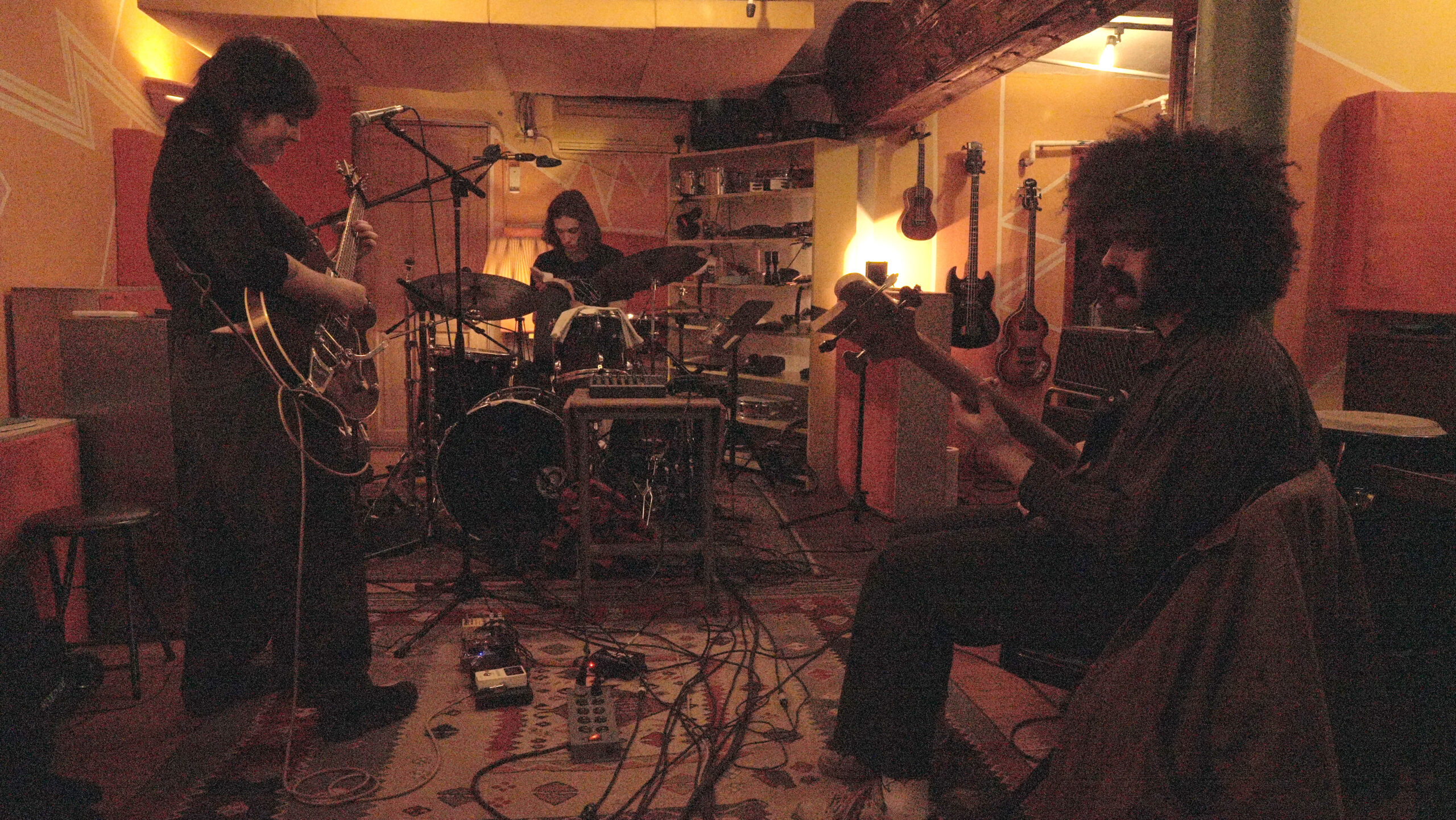Everything in society is designed — mythologies, identities, histories, realities. The role of the artist is to critique the world by making, and in doing so recreate the world through a prism of culture, the stories we tell ourselves about ourselves. The challenge of forward progress is then to solve problems – or at least improve them.
The New School, in its most recent mission statement, released May 2013, aims to be “a university where design and social research drive approaches to studying issues of our time.” It cites, “innovation,” “social engagement,” and “challenging the status quo” as methods for portraying itself as a distinctly progressive institution. When Parsons became part of The New School in 1970, it was in financial ruin.
Today, it is the university’s largest and most financially successful division, internationally renowned as a top fashion, fine arts and design academy. According to a 2012 *Business Insider* survey, “The World’s Best 25 Design Schools,” Parsons ranked number five. The partnership has been important for both schools in defining both Parsons’ distinct identity as well as the university as a whole.
As society, economy and industry evolve, many institutions are revisiting and reanalyzing their mission statements to ensure that they don’t stagnate or stray from their original mission. A truly progressive self-analysis raises the question: what does progressive mean to Parsons students and administrators?
*****
Parsons is home to some of the most innovative creators in the field of socially conscious fashion, design and art. Vinita Bakhale, alumna of the Interior Design program at Parsons, works to focus on sustainable cooperative housing communities. “Environmental consciousness coupled with sustainable living is a cause I deeply care about,” said Bakhale. After graduation, Bakhale went on to work for a green architecture firm and currently volunteers teaching art to children with chronic illnesses. “My work combines my profound appreciation for organic art with a societal need to adapt to a synthetic world,” Bakhale said.
Joel Towers, Executive Dean of Parsons The New School for Design, describes progressive as “constantly looking at the world beyond the way it is currently constructed, and interrogating what we see.”
He traces the steps in the progressive lineage of The New School back to its founding as a breakaway from Columbia University in 1919, and the legacy of the University in Exile, which welcomed expatriate scholars fleeing fascism in Europe.
In 1920-1936, Frank Parsons led the school that would become his namesake. He advocated for a modern notion of ‘applied arts’ that would bring art and design into conversation with practical problems and the industrial engines of the economy, a concept he called “socially activist design.”
Before merging with The New School, in the mid 1960s, the Parsons School of Design housed a well-respected program in Interior Design, which trained students to recreate the luxurious settings of historical palaces and mansions.
In the social climate of upheaval against imperialism abroad and racial oppression at home, there began a push in design education that would be more socially and politically engaged. According to Wendy Scheier, Director of the Kellen Design Archives at The New School, new courses were added to bring the issues of society, urban publics and civic engagement into the academy and address them through art as a response to the previous superficially executed program.
Dean Towers believes that the issues being challenged today at Parsons are the same ones that its founders would have engaged in as well. “It’s our job as a progressive institution to take a position on the critical issues of our time. If we continue propagating the problems of the twentieth century, we’re going to strip the planet bare,” said Dean Towers, whose academic research focuses on climate change. “At Parsons, students learn to critique systems while working within them to make positive change.”
A progressive tenor is reflected throughout The New School’s website and marketing communications. Parsons promotes sustainable design, and the school’s curriculum evolves with world events, ecological trends, and political movements.
But the ideals extolled in the classroom can clash with realities of the industry that students face after graduation. “My students who have had jobs out there [the Fashion Industry] are less inclined to engage with these questions, because they just see the industry as the way it is,” Lucy Collins, Fashion Ethics professor in the Department of Art and Design History & Theory at Parsons, said. “The ethical and sustainability questions have been really slow to reach the fashion industry. There’s sometimes room to entertain these questions, but it hasn’t become totally validated in the industry.”
The dissonance of the values students are taught are often difficult to apply to their craft. “In my program, we talk a lot about what it means to have a career as an artist in an industry where art is extremely commodified,” Athena Denos, a Parsons Fine Arts senior said. “A lot of people turn a blind eye because it will stunt their creativity to know that it has negative effects elsewhere. I know that’s true for me.”
The antagonism between aesthetic and industry concerns also proposes the question of how to mix the two and still retain a view of social justice. “Unfortunately a lot of students aren’t inclined to always think of their work on a global scale, and aren’t thinking of what it means to have it manufactured and the impact that has,” said Denos.
Persistently reassessing if our rhetoric is necessary in the contemporary world we live in might help to engage this debate. “The question is how can we approach an industry that perpetuates overconsumption, chasing novelty and unrealistic beauty standards, and have a severe impact on human rights issues in the disregard for the labor conditions in countries where these clothes are produced?” said Lucy Collins, Parsons Fashion Ethics professor. “The more people engage these questions in the institution, the more will carry it on into the industry.”
Shawn is a native of Queens majoring in Politics at The New School. He joined The Free Press in Fall 2013, and covers student life, academic affairs and activism on campus, bringing a critical investigative approach to journalism through social media, institutional research, and data-driven fact finding.
Shawn’s work has appeared in Adbusters, The Nation, PolicyMic, Truthout, The Brooklyn Indypendent, and the Italian news magazine, Internazionale. He is also a research and analyst for the government and corporate transparency project, LittleSis.
Shawn likes only five things: black coffee, unfiltered cigarettes, smoky whiskey, dark Belgian beer, and the news. He speaks five languages and loves to travel. Shawn shares a birthday, April 4th, with Grumpy Cat.








Leave a Reply